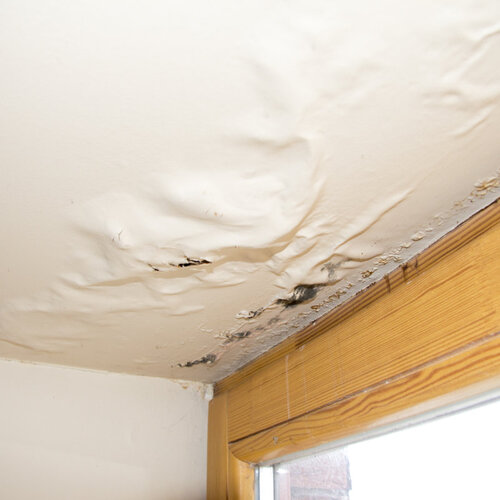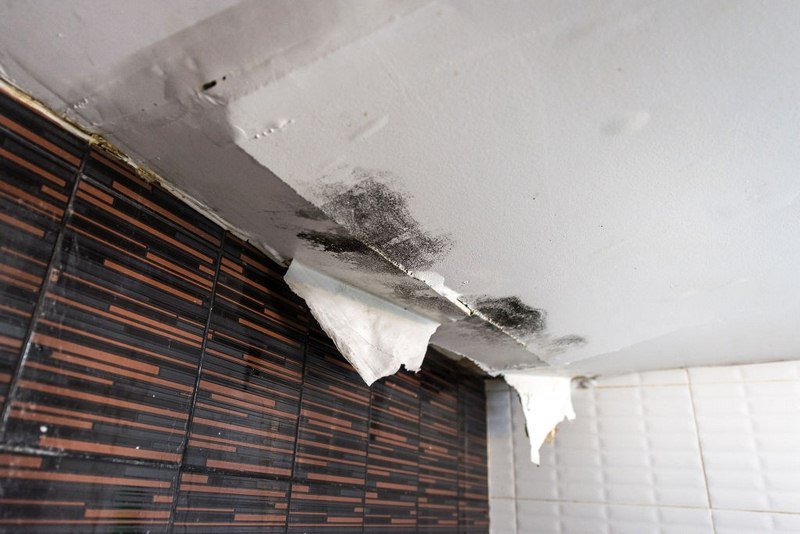How to Avoid the Six Most Common Water Leaks in Your Home
How to Avoid the Six Most Common Water Leaks in Your Home
Blog Article
This post which follows in relation to Most Common Causes of Leaky Pipes is really insightful. Don't overlook it.

Leaks not only create waste of water however can also create unneeded damages to your house and advertise unwanted organic development. By recognizing and looking for day-to-day circumstances that trigger leaks, you can shield your house from future leaks and unneeded damage.
Intruding origins
The majority of water leaks begin outside the house rather than inside it. You could notice wet spots or sinkholes in your backyard, and that could imply that tree origins are attacking water lines causing water to leak out.
Rusty water systems
This could be the reason of discoloration or warping on your water pipelines. If our plumbing system is old, take into consideration replacing the pipelines since they are at a higher danger of deterioration than the more recent models.
Faulty Pipeline Joints
The point at which your pipes link is regularly the weakest web link in the waterline. Pipe joints can degrade with time, resulting in water leaks. However, most of pipeline joints are not conveniently visible. If you have noisy pipelines that make ticking or banging sounds, especially when the warm water is turned on, your pipeline joints are most likely under a lot of pressure. It is recommended to have your plumber examine your system annually.
Instant temperature changes.
Severe temperature modifications in our pipes can create them to broaden and also acquire unexpectedly. This growth as well as contraction might trigger cracks in the pipelines, especially if the temperature are listed below cold.
Poor Water Connectors
At times, a leak can be created by loose hose pipes and pipelines that provide your devices. In situation of a water links leakage, you may observe water running straight from the supply line or puddles around your devices.
Obstructed Drains
Obstructed drains could be frustrating and also inconveniencing, yet they can in some cases end up triggering an overflow bring about burst pipes. Maintain eliminating any kind of materials that may drop your drains that can clog them to prevent such inconveniences.
All the above are root causes of leaks however not all water leakages arise from plumbing leakages; some leaks might originate from roof leakages. All leakages must be repaired quickly to prevent water damage.
Leaks not only trigger waste of water yet can likewise create unneeded damages to your home and promote unwanted natural development. By understanding and looking for daily circumstances that trigger leakages, you can protect your home from future leaks and unnecessary damages. Today, we will look at six leakage creates that might be triggering your pipes to drip.
At times, a leak can be caused by loosened tubes and also pipelines that provide your devices. In instance of a water links leak, you might notice water running straight from the supply line or pools around your devices.
How To Check For Water Leak In Your Home
How To Check for Leaks
The average household's leaks can account for nearly 10,000 gallons of water wasted every year and ten percent of homes have leaks that waste 90 gallons or more per day. Common types of leaks found in the home are worn toilet flappers, dripping faucets, and other leaking valves. These types of leaks are often easy to fix, requiring only a few tools and hardware that can pay for themselves in water savings. Fixing easily corrected household water leaks can save homeowners about 10 percent on their water bills.
To check for leaks in your home, you first need to determine whether you're wasting water and then identify the source of the leak. Here are some tips for finding leaks:
Take a look at your water usage during a colder month, such as January or February. If a family of four exceeds 12,000 gallons per month, there are serious leaks.
Check your water meter before and after a two-hour period when no water is being used. If the meter changes at all, you probably have a leak.
Identify toilet leaks by placing a drop of food coloring in the toilet tank. If any color shows up in the bowl after 10 minutes, you have a leak. (Be sure to flush immediately after the experiment to avoid staining the tank.)
Examine faucet gaskets and pipe fittings for any water on the outside of the pipe to check for surface leaks.
Undetected water leaks can happen without the home or business owner even realizing. If you suspect a water leak, but not able to find the source. It is time to contact a professional water leak detection service, The Leak Doctor.
How To Find a Water Leak In Your Home
https://www.leakdoctor.com/blog/How-To-Check-For-Water-Leak-In-Your-Home_AE197.html

As a passionate person who reads on Most Common Causes of Leaky Pipes, I imagined sharing that piece of content was sensible. Sharing is nice. Helping others is fun. Thank you for taking the time to read it.
Automated Marketing Report this page